Sorry in advance for the crappy quality, I didn’t have a better camera available to use. I was using my phone to stream. I’ve never done this before.
The phone battery died before I finished, but this was only after I was almost done (assembling the switches) so if you are curious about bag lubing it’s covered in this video.
Opening the switches starts at about 15 minutes.
Lubing the bottom housings (paintbrush method) starts at 28 minutes.
I also lube my springs in an unusual way, which starts at about 58 minutes in.
If you just want to skip to the bag lubing part that’s about at 1 hour 13 minutes in
Now, for some comparison pics between the bag lubed stems I made in this video, and a paintbrush lubed stem.
On the left is the paintbrush-lubed stem, on the right is the bag-lubed stem. To better understand how the lube job will affect actual use, I put these stems into the housings and cycled them a few times before taking these pictures. As you can see, the coverage looks quite good, but not perfect, using bag lube method. You can see some small dry areas right next to the rails on the side of the stem. Does it matter though? Stay tuned, the answer lies below!
Here is another angle, again paintbrush-lubed is on the left, bag lubed is on the right. Coverage looks fine to me here.
This is the bag lubed stem. Focus is on the leg. You can see it’s greased.
Bag lubed stem again, focus on the side of the rail (far left part). You can see lube coverage looks fine, and you can see some lines where the lube might have been smeared due to contact with the switch housing. This looks good to me.
Another shot of the bag lubed stem, this time with the focus on the “post” of the stem. It looks to me like the coverage is fine here. I think contact with the switch housing has smeared some of the lube here so if the coverage wasn’t even before, it is now.
Another closeup of the bag-lubed stem. Again you can see the tiny dry sport. BUT DO THEY MATTER?
And the answer is nope, doesn’t matter! In this picture, I have wedged pins and pieces of plastic into the stem to push the stem down and to the right as far as possible. You can see that the area that was dry in the above pictures doesn’t even touch the housing anyway, so it won’t make any difference that it didn’t get greased. All of this is true for Gateron switches, your mileage may vary with other switches! Most of these Cherry MX compatible switches are very close copies of Cherry so I suspect the same probably applies to other housings. I know from experience that I can’t feel a difference between by bag lubed switches and the ones where I tried lubing the stems with a paintbrush.
For comparison, here is the same test done on a Cherry retooled black housing / stem. When I force the stem as far down and right as it can go, that part you saw was dry earlier never touches the housing.
However, I wasn’t sure the above pictures were fair, because I took them only AFTER using the stems in a housing. So, I bag lubed some fresh stems, and this time took pics before putting them into a housing. I also went a little heavier on the lube this time, AND I shook them harder. I mean HARD! I shook them as hard as I could this time. Guess what… NO DRY SPOTS! What I learned is that if you shake hard enough and long enough (about 3 minutes in my case), the grease will actually find its way into the corners! From now on I will shake super hard when I bag lube!
Another angle showing no dry spots!
This angle is so that you can see that the posts got lubed
Another angle
Here is how the finished keyboard sounded:
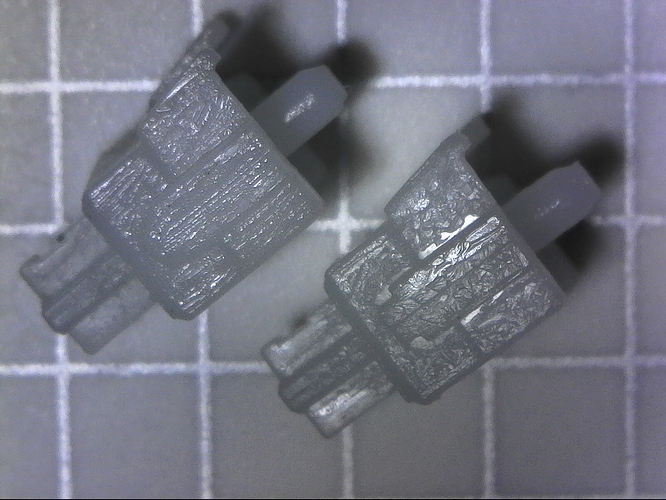
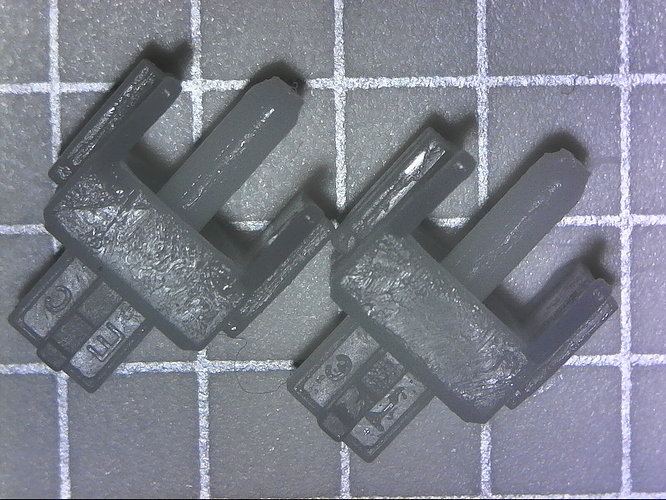
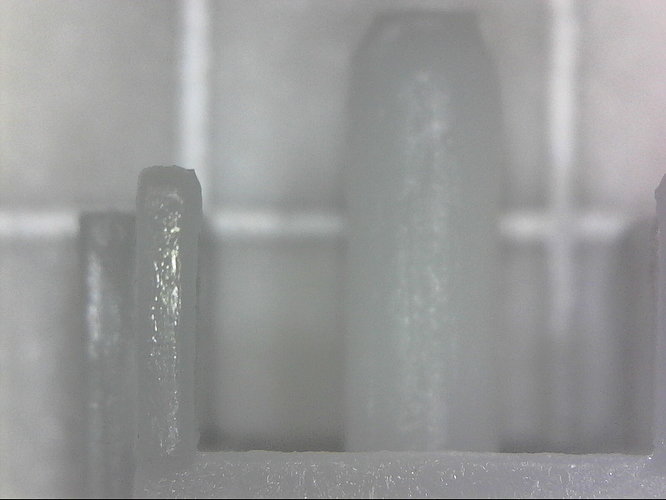
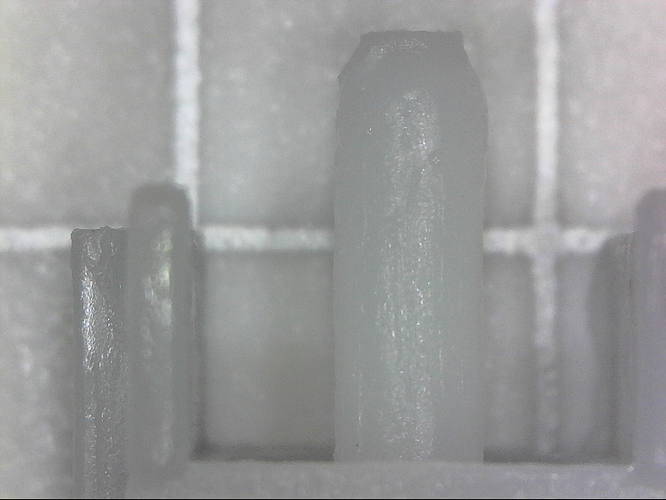
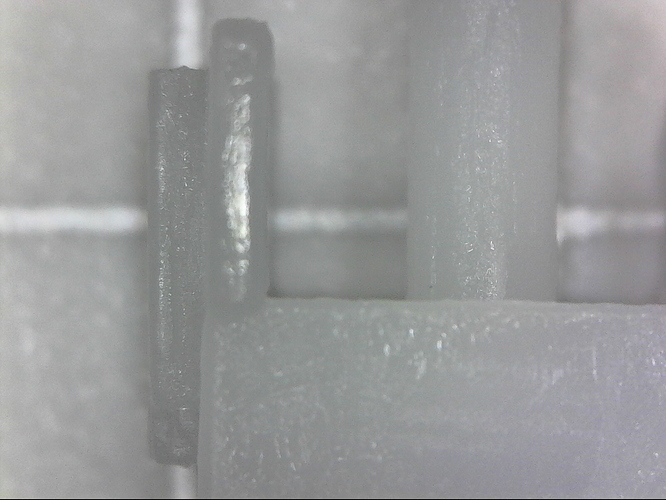
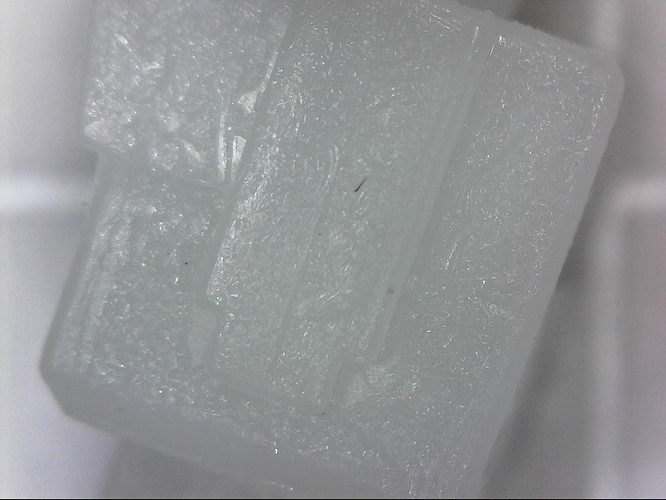
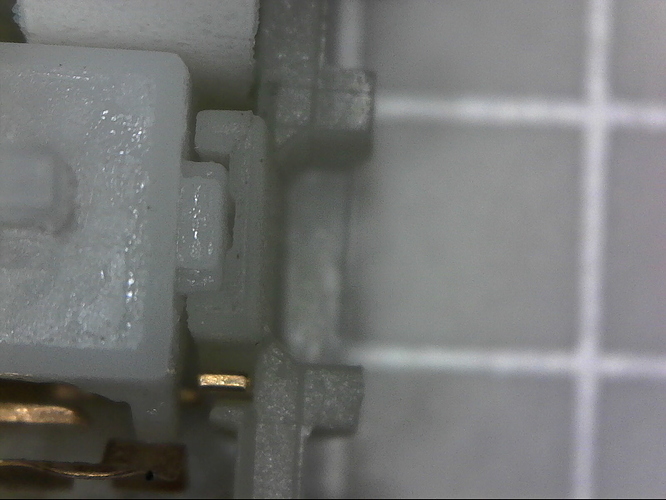
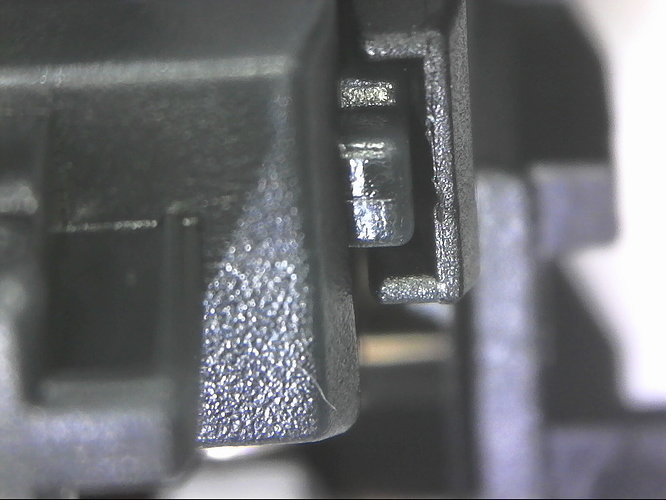
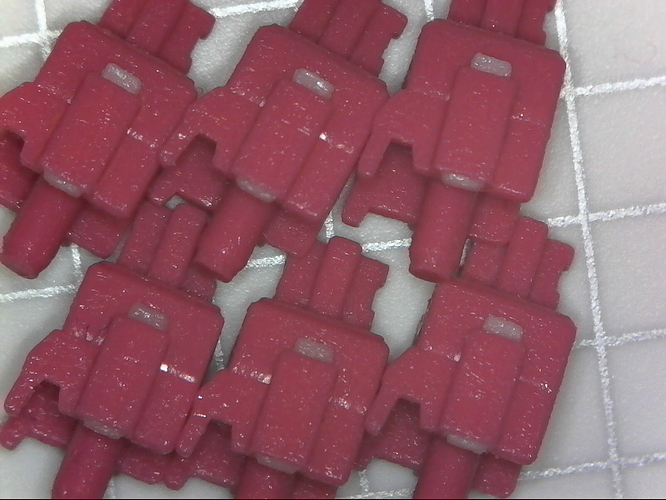
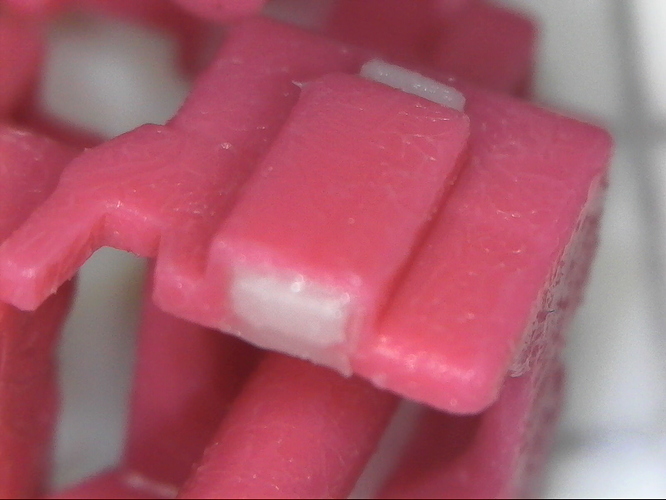
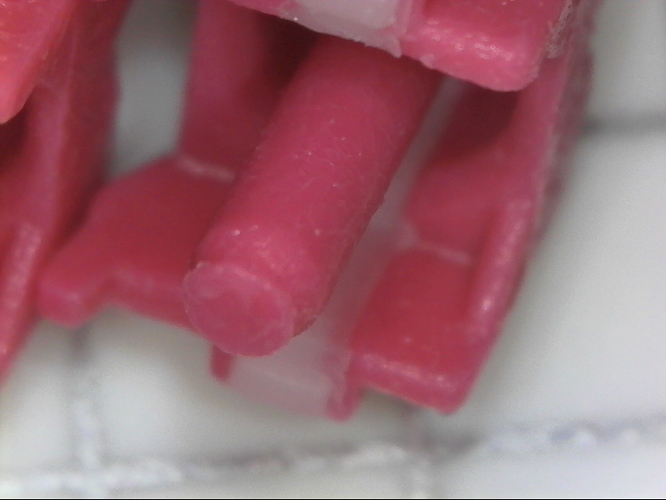
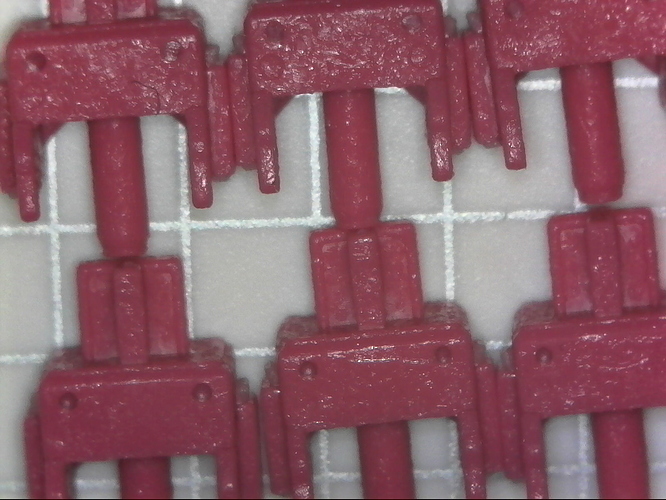

 ), however I am super OCD about my tools & work space (at work too, my guys hate it). So not sure if this method is for me or not with stems, but seeing you’ve gotten good results with it I think I may give it a try on an upcoming build. Because the one thing no one can deny is the shake & bake method is way faster than the paintbrush method. Anyways just wanted to get your thoughts on my take, thanks for the great contributions man!
), however I am super OCD about my tools & work space (at work too, my guys hate it). So not sure if this method is for me or not with stems, but seeing you’ve gotten good results with it I think I may give it a try on an upcoming build. Because the one thing no one can deny is the shake & bake method is way faster than the paintbrush method. Anyways just wanted to get your thoughts on my take, thanks for the great contributions man! 